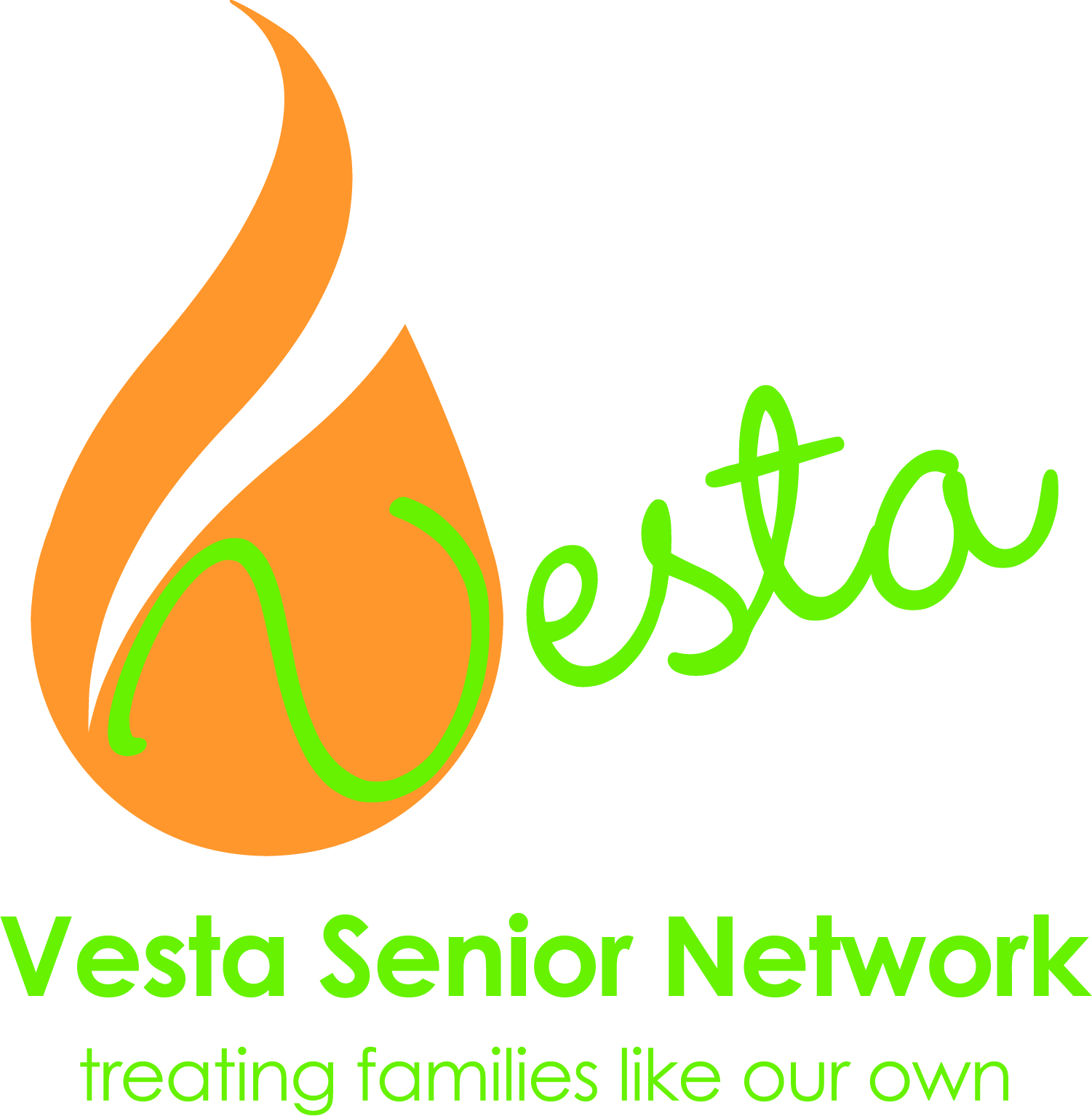Aging in Wisconsin
Wisconsin is a great state to grow old in! As of 2019, Wisconsin was ranked 2nd in the nation by a US News and World Report on aging. The Best States for Aging ranking determines which states are most effectively serving their senior citizens by keeping them healthy, financially secure and involved in their communities. A lot of choice in terms of long-term care options are offered in Wisconsin, compared to many other states.
Assisted Living vs. Nursing Home
As people age and need care that can no longer be provided by loved ones, assisted living is frequently the best option. The goal of these programs is to keep people as independent as possible in a homelike environment. Most people, as they age, have personal care needs, rather than medical needs. They need help dressing, grooming, and taking the correct medications on time. They need housekeeping and meals prepared for them. These are the types of care that can be provided in assisted living. Over the years, people have come to recognize that the assisted living environment is really a better place for someone to live out their lives. A nursing home is more commonly utilized when someone needs rehabilitation after a fall or an illness, or when someone has medical needs that require the skill of a nurse or doctor. Anymore, very few people need skilled nursing facilities for their long term care.
- Is a nursing home the best option?
- Can assisted living provide the care my loved one needs?
- How can we afford assisted living?
Are Assisted Living Communities Licensed?
RCAC (Residential Care Apartment Complex)
RCAC is one type of assisted living license in Wisconsin. This essentially says what it means. A person lives in an apartment, and caregivers are available to come in and provide supportive care, personal care, and health monitoring services when they are needed. In theory, it is the “lighter” level of elder care in Wisconsin. In an RCAC, as many as 28 hours of care can be provided per week. RCAC apartments are required to have some homelike amenities such as a kitchenette, and with that might be a little service sink, small refrigerator, or microwave. Some RCAC’s offer full kitchens, but these are few and far between. Meals are provided in a dining room, and many people choose to take two meals in the dining room and perhaps eat a light breakfast or light supper in their apartment. Mealtime in the dining room provides a social outlet, as well as gives caregivers and other staff the opportunity to have an extra set of eyes on an individual to see how they are doing.
CBRF (Community Based Residential Facility)
CBRF is another type of assisted living license in Wisconsin. CBRFs come in all shapes and sizes ranging from a home where as few as 5 individuals live and are cared for to a building where as many as 100 people live and cared for. Generally, a CBRF provides more care than an RCAC community can. The hours of personal care provided are not limited, and the individuals living in CBRF can receive up to 3 hours of nursing care from the nurse on staff per week. The CBRF still provides a very home like environment, but people living here typically have a studio style suite. CBRFs don’t allow for someone to be on IV medications and most don’t provide care for people on feeding tubes. However, a lot of care is provided in most CBRFs. The people who live in CBRF today are typically the people who would have lived in a nursing home 20 years ago. It’s not uncommon to walk through a CBRF and see the studio apartment doors open as the individuals need to be checked on more frequently and require supervision for safety. Most memory care communities in Wisconsin are licensed as CBRFs. Memory care communities differentiate themselves with programming and staff training, rather than with a specific license with specific requirements.
Which Type of Assisted Living is Right?
Although the State of Wisconsin assisted living licensures seem to clearly define what should be done within each RCAC or CBRF community, the fact is that the license really only generalizes what should be done within the scope of the license, but not really what can or can’t be done. As stated, the RCAC license states that at minimum, supportive and personal cares be provided along with room and board. These services can take no more than 28 hours per week, but it doesn’t state what or how much has to be done. What is done between the minimum and the maximum is at the discretion of each individual assisted living operator. Likewise, the CBRF license really leaves a lot up to the individual operator’s discretion, as well. The CBRF license would appear to be a license that would provide for a higher level of care than the RCAC license because it does not restrict the number of hours that can be spent on personal care, but in reality, that’s not the case. At the end of the day, if you have seen one assisted living community, you have seen one assisted living community. It would be great to be able to differentiate by categories, but unfortunately, one RCAC may actually provide more care than another CBRF because of the way the operator chooses to run his or her own business.
How Much Does Assisted Living Cost?
Assisted living in Wisconsin can cost anywhere from $5000 – $8000 per month, depending on the amount of care an individual requires. Some of these communities charge a flat rate, and an individual who lives there pays the same amount each month, regardless of the amount of care that is provided. Other communities charge a base rate and then add additional charges for each additional service required, more of an ala carte model. Some communities have what are called “levels of care” and the services are bundled into a level, and an individual pays a base rate plus an additional amount for the services provided in a specific “level of care.”
Does Medicare Pay for Assisted Living?
- Private Pay – The better assisted living communities expect that a person has some amount of their own money to pay for their care. Medicare does not pay for assisted living.
- Veteran’s Benefits – Some military veterans are eligible to receive assistance in paying for these living arrangements if they are financially and service eligible.
- Long Term Care Insurance – long term care insurance can be very helpful and creates more choices for someone needing care.
- Medicaid – Wisconsin has a program within its Medicaid budget called Family Care. Family Care can pay for assisted living after someone has exhausted their assets.

